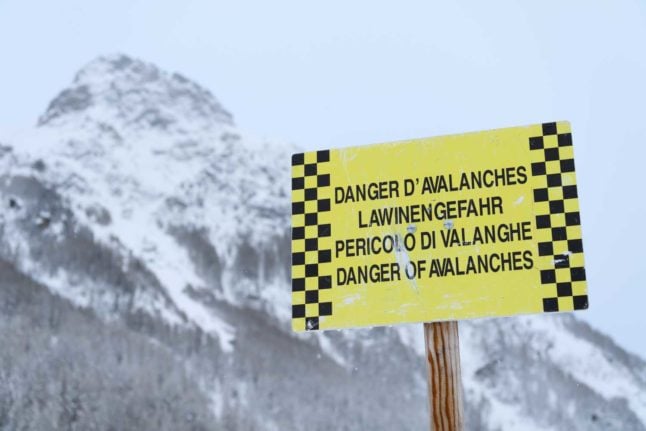“The screams of children were the first thing we heard,” emergency coordinator Alain Rittiner said of the scene of the tragedy in an Alpine tunnel that killed 28 people, 22 of them children.
He told journalists the rescuers were “stunned for a moment” by the screams before their instincts kicked in and they began emergency operations.
The coach had been taking 46 children, four teachers, and two drivers back to Belgium from a skiing holiday.
“All the children were projected against the front of the bus,” Rittiner said, adding that emergency workers began removing seats from the back of the coach to get the children out.
“The seats were thrown forward along with the children,” added Rittiner.
“It was truly a vision of horror,” he told Belgian television. “It is something we are not used to seeing, even though I have done this work for 20 years.
“This was worse than anything you can imagine.”
It took rescuers eight hours to remove the dead and injured from the coach which smashed into a concrete wall in a motorway tunnel near the town of Sierre late on Tuesday.
“It was like a war scene,” one rescuer told Swiss-German SF television. “We were totally shocked at the large number of young children who had died.”
Marianne Van Madleren, a Belgian tourist who arrived about 10 minutes after the crash, described the “horror” of what she saw.
“Children were crushed in their seats. We did what we could to get out the survivors. The police came and they were also shocked.”
“It was hard; we didn’t know how to get into the bus, we didn’t know how to climb up the sides” of the coach, which had come to a standstill against a tunnel wall, blocking the doors.
“We saw children who were thrown to the front of the bus in their seats.
Some had lesser injuries and managed to get out, so we helped them,” she said.
Her husband Eric Van Madleren added: “All the children were piled up in the front of the bus, it was indescribable.”
“When I arrived, there was a lady helping three boys to get out through the back of the bus, but the emergency teams were not yet there,” he said.
“Other children were trying to get out the side, but the windows had not yet been broken. Very soon, two police cars arrived. The police were the first to enter the bus. They broke the windows and started evacuating children, those they could reach.
“I could see the police were also in a state of shock,” he said.
Van Madleren also spoke of his frustration at being unable to help. “The bus was too high, one could not climb in there.”
The twisted front of the coach, where part of the roof was literally blown off by the impact, testified to the magnitude of the impact.
“The extraction of the wounded and the dead took a long time and was extremely tragic,” surgeon Jean-Pierre Dellars told Swiss RTS TV. “The jumble of metal was extremely difficult to deal with”.
Dellars said some of the injured may not survive. Three were said to be in a coma.
“The only thing that kept us going in those first minutes was getting the children out,” Rittiner said.”
Many were in shock and could not speak, but in such situations “one does not need to speak. One need only look in their eyes and take their hand. That is what most of the rescuers did”, said Rittiner.
All rescuers will receive trauma counselling.
“It is the most horrible situation that one can find oneself in. One also has children at home and cannot help thinking it could have been them,” said the rescuer.
“You give them (the victims) the same love, the same contact, the same care that you would hope your own children would receive in such a situation,” he added.


 Please whitelist us to continue reading.
Please whitelist us to continue reading.
Member comments